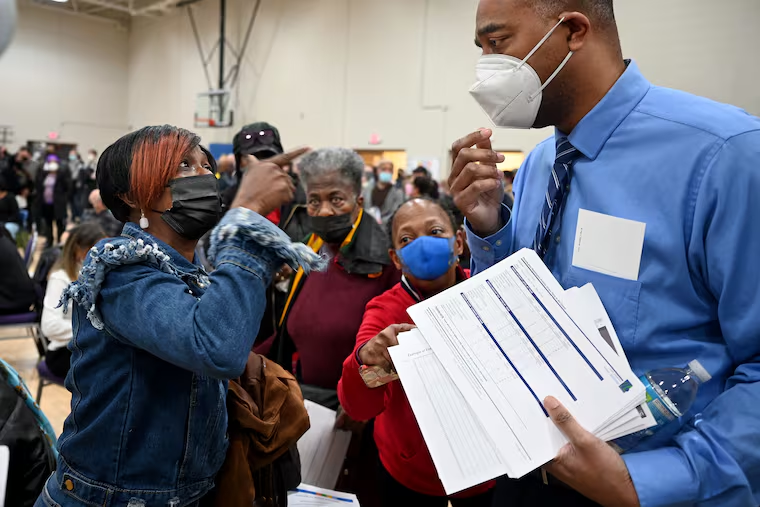Washington Avenue will vary between 3 and 5 lanes under latest redesign
Protected bicycle lanes will be installed on 18 blocks, and business owners will get marked loading zones and vehicle parking outside of travel lanes.

Protected bicycle lanes will be installed on 18 blocks, and business owners will get marked loading zones and vehicle parking outside of travel lanes.
